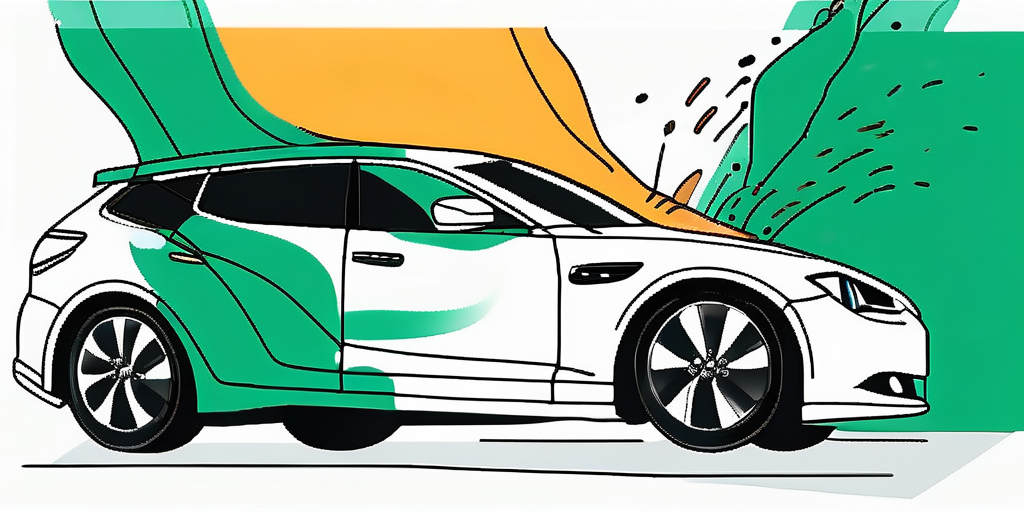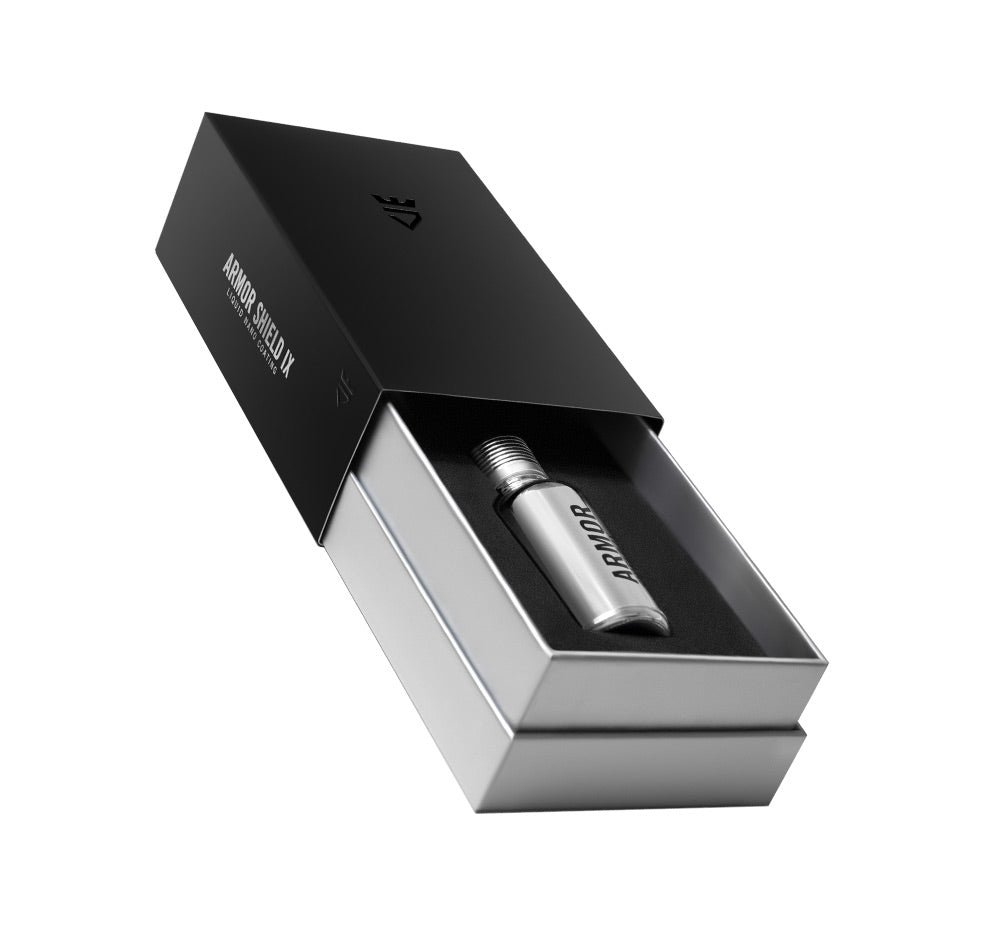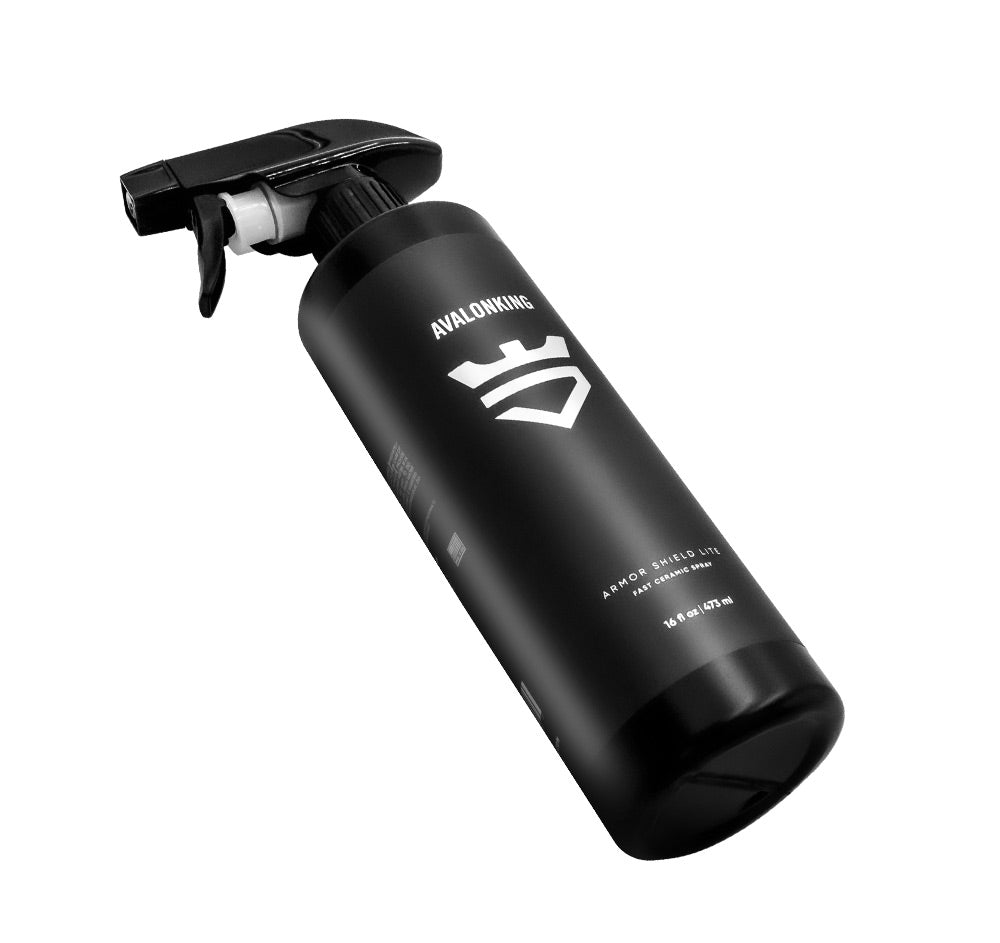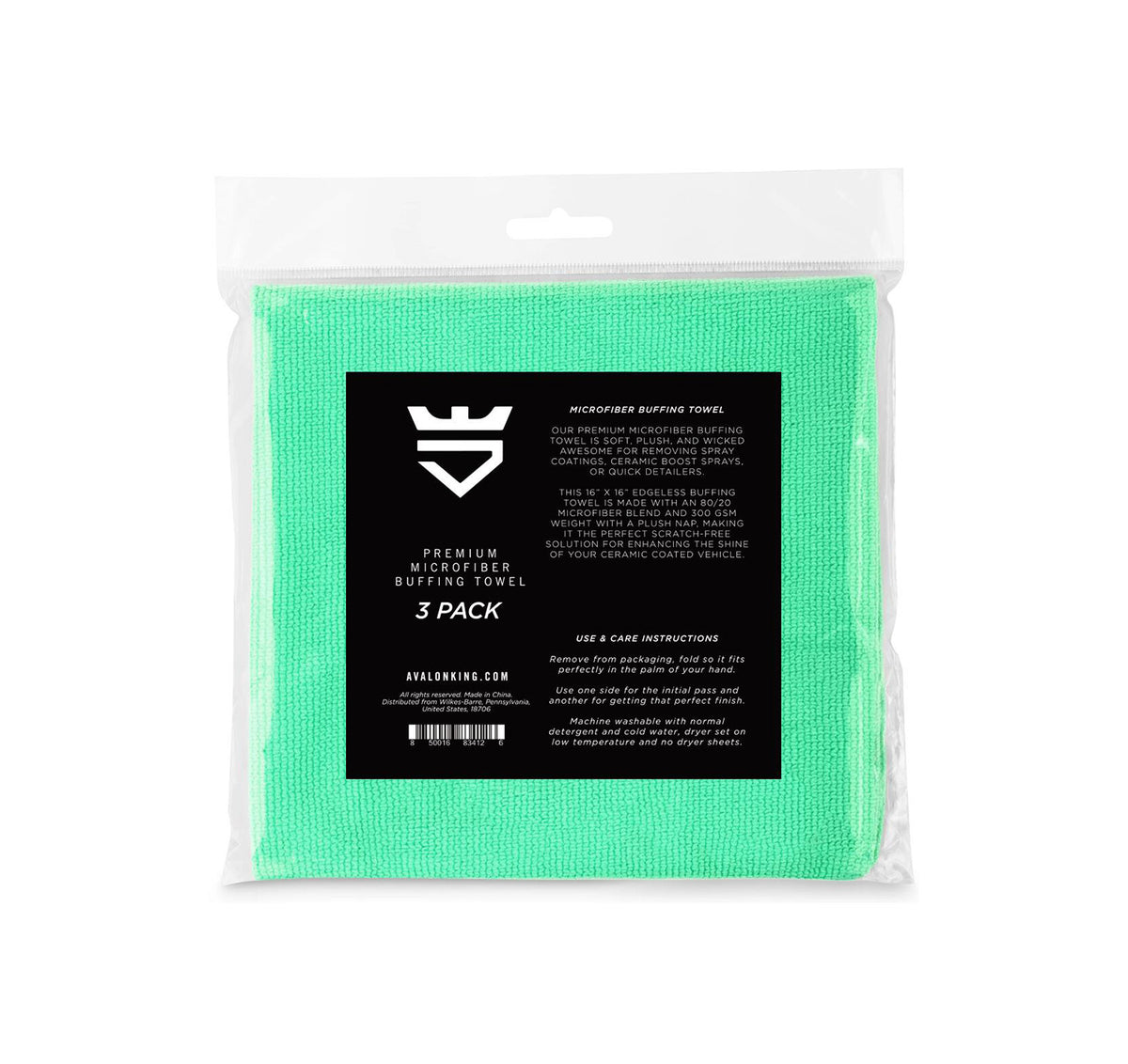Ceramic Coating vs. Paint Protection Film
So, you've decided to give your ride the ultimate shield against the elements, huh? Smart move. But now you're stuck at a crossroads - Ceramic Coating or Paint Protection Film (PPF)? It's like choosing between a superhero and a force field. Both promise to defend your car's pristine paint job against the harsh realities of the road, but which one does it better? Let's dive in and find out.
What's the Deal with Ceramic Coating?
First up, let's talk about the new kid on the block - Ceramic Coating. It's been gaining traction faster than a sports car on a drag strip, and for good reason.
What Exactly Is Ceramic Coating?
Imagine giving your car a bath in liquid glass. That's ceramic coating in a nutshell. It's a chemical polymer solution that bonds with your car's paint, creating a layer of protection that's hard as nails. This isn't your grandma's wax job. We're talking about a shield that's ready to take on everything from UV rays to bird droppings without breaking a sweat.
But it's not just about being tough. Ceramic coating also gives your car that 'just washed' look for way longer than any wax could dream of. It's like having a team of tiny car detailers on your side 24/7, keeping things shiny.
Pros of Ceramic Coating
Let's break down the perks. First off, durability. A high-quality ceramic coating can last years, not weeks. It's also a champ at repelling water, which means less dirt and grime sticking to your car. And let's not forget the gloss factor - it's like your car is permanently Instagram-ready.
Another advantage of ceramic coating is its chemical resistance. This means it can withstand exposure to harsh chemicals that your car may encounter on the road, such as acidic bird droppings or tree sap. The protective layer formed by ceramic coating acts as a barrier against these corrosive substances, keeping your paint job safe and sound.
Furthermore, ceramic coatings can also provide some level of scratch resistance. While they may not be impervious to deep scratches, they can help prevent minor swirl marks and abrasions that can occur during regular washing and maintenance.
Cons of Ceramic Coating
But it's not all sunshine and rainbows. Applying ceramic coating is more art than science, requiring professional hands. It's also not the cheapest option on the block, and while it's tough, it's not invincible. Deep scratches and dings can still get through.
Is Ceramic Coating Worth It?
Many car enthusiasts swear by ceramic coating for its long-lasting protection and aesthetic benefits. While the initial cost may be higher compared to traditional waxing, the extended durability and ease of maintenance can make it a worthwhile investment in the long run. Additionally, the enhanced gloss and shine that ceramic coating provides can make your car stand out from the crowd, turning heads wherever you go.
And Then There's Paint Protection Film
On the other side, we have Paint Protection Film, the seasoned veteran of car protection. It's like wrapping your car in a protective embrace.

What Is Paint Protection Film?
PPF is a thick, clear film that's applied to the exterior of your car. Think of it as a transparent suit of armor. It's designed to absorb impacts from rocks, road debris, and even minor fender benders, keeping your paint job untouched beneath its protective layer.
But PPF isn't just about defense. It also has self-healing properties. Yes, you read that right. Minor scratches and swirls can disappear with a bit of heat from the sun or a hairdryer. It's like having a car that heals itself.
Pros of Paint Protection Film
The biggest selling point? Impact protection. PPF takes the hit so your paint doesn't have to. It's also nearly invisible if applied correctly, preserving the original look of your car. And that self-healing magic? It's a game-changer for keeping your ride looking fresh.
Moreover, paint protection film can offer a higher level of coverage compared to ceramic coating. While ceramic coatings are typically applied to the painted surfaces of the car, PPF can be used on areas prone to more severe damage, such as the front bumper, hood, and side mirrors. This comprehensive protection ensures that vulnerable areas are shielded from a wide range of potential hazards.
Cons of Paint Protection Film
However, PPF isn't perfect. It's pricier than ceramic coating and requires professional installation. Over time, it can also yellow if exposed to too much sun, potentially affecting your car's aesthetics. And while it's great at preventing scratches, it doesn't add much in terms of shine or water repellency.
Is Paint Protection Film the Ultimate Solution?
For those who prioritize physical damage protection above all else, paint protection film can offer unparalleled defense against the elements. Its ability to absorb impacts and self-heal minor imperfections makes it a popular choice among car owners looking to safeguard their investment. While the upfront cost may be higher, the long-term benefits in terms of paint preservation and resale value can make PPF a compelling option.
Comparing Ceramic Coating and Paint Protection Film
Now that we've explored the ins and outs of ceramic coating and paint protection film, let's do a side-by-side comparison to help you make an informed decision.
Durability:
- Ceramic Coating: Offers long-lasting protection, resistant to environmental factors.
- Paint Protection Film: Provides impact resistance and self-healing capabilities.
Application:
- Ceramic Coating: Requires professional application for optimal results.
- Paint Protection Film: Professional installation is recommended for seamless coverage.
Cost:
- Ceramic Coating: Initial cost may be higher, but long-term benefits can outweigh the investment.
- Paint Protection Film: Higher upfront cost, but potential savings on paint repairs in the future.
Appearance:
- Ceramic Coating: Enhances gloss and shine, giving the car a sleek finish.
- Paint Protection Film: Virtually invisible when applied correctly, preserving the original look.
Maintenance:
- Ceramic Coating: Requires minimal maintenance to retain its protective properties.
- Paint Protection Film: Regular cleaning and care can help prolong its effectiveness.
So, Which One Wins?
Choosing between Ceramic Coating and Paint Protection Film is like picking your favorite ice cream flavor - it depends on what you value most. If you're all about that gloss and long-term protection with minimal maintenance, ceramic coating might be your jam. But if you're looking for the ultimate shield against physical damage and don't mind a bit of upkeep, PPF could be the way to go.
At the end of the day, both options offer solid protection for your car. It's about weighing the pros and cons and deciding which features matter most to you. Or, if you're feeling fancy, why not both? Combine the impact protection of PPF with the sleek finish of ceramic coating for the ultimate car care cocktail.
Whatever you choose, giving your car some extra love and protection is always a good move. After all, it's not just a vehicle; it's your trusty steed in the great journey of life. Treat it well, and it'll do the same for you.
Ready to elevate your car's protection and shine? Look no further than AvalonKing for all your vehicle care needs. With years of expertise in providing top-notch car cleaning solutions, we've got you covered with premium ceramic coatings, car shampoos, and a wide array of cleaning products. Check out our products and discover why AvalonKing is the trusted choice for car enthusiasts who demand the very best for their rides.










